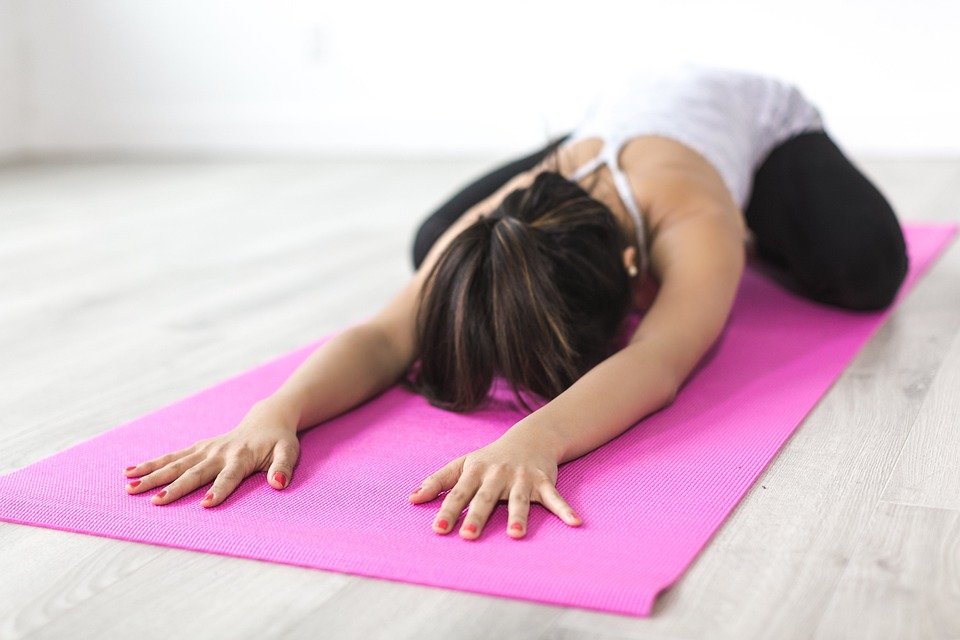Yoga for Flexibility: Unlocking Tight Muscles and Joints
Yoga is an ancient practice that encompasses physical, mental, and spiritual disciplines. It offers a myriad of benefits, one of which is improved flexibility. Flexibility refers to the range of motion in our joints and the ability of our muscles to stretch. Maintaining flexibility is essential for overall health and well-being, as it helps prevent injuries, reduces muscle soreness, and promotes better posture. This article will delve into the world of yoga for flexibility, exploring its benefits, key poses, and frequently asked questions.
Benefits of Yoga for Flexibility:
1. Improved Joint Mobility: Yoga poses involve gentle stretching and lengthening of muscles, which helps increase the range of motion in our joints. This increased mobility reduces the risk of joint-related issues such as arthritis and enhances overall joint health.
2. Enhanced Muscle Flexibility: Regular yoga practice helps lengthen and stretch muscles, increasing their flexibility. This flexibility allows for better muscle function and minimizes the chances of muscle strains or tears.
3. Reduced Muscle Tension: Yoga helps release tension in tight muscles, promoting relaxation and easing muscle soreness. This can be particularly beneficial for those who lead sedentary lifestyles or engage in repetitive movements.
4. Better Posture: Flexibility plays a significant role in maintaining good posture. Yoga helps stretch and strengthen the muscles responsible for supporting proper alignment, leading to improved posture and reduced strain on the spine.
5. Injury Prevention: By improving flexibility, yoga helps prevent injuries by increasing the body’s ability to move freely and fluidly. Flexible muscles and joints are less prone to strains or sprains, making yoga a valuable practice for athletes and individuals engaged in physical activities.
Key Yoga Poses for Flexibility:
1. Downward Facing Dog (Adho Mukha Svanasana): This pose stretches the entire body, especially the hamstrings, calves, and shoulders. It also strengthens the arms and wrists.
2. Cobra Pose (Bhujangasana): Cobra pose opens up the chest, stretches the abdomen, and strengthens the back muscles. It is particularly beneficial for improving spinal flexibility.
3. Standing Forward Bend (Uttanasana): This pose stretches the hamstrings, calves, and hips. It also helps relieve tension in the neck and spine.
4. Triangle Pose (Trikonasana): Triangle pose stretches the hips, hamstrings, and chest. It also strengthens the legs and improves balance.
5. Butterfly Pose (Baddha Konasana): This seated pose stretches the inner thighs, groins, and hips. It also stimulates the abdominal organs and improves digestion.
FAQs:
Q1: How often should I practice yoga for flexibility?
A1: Consistency is key. Aim to practice yoga for flexibility at least three times a week. However, start slowly and gradually increase the frequency as your body adapts.
Q2: Can yoga help me become more flexible even if I have tight muscles?
A2: Absolutely! Yoga is designed to improve flexibility regardless of your starting point. With consistent practice, you will notice a significant increase in your range of motion.
Q3: Can I practice yoga for flexibility if I have joint issues?
A3: Yoga can be modified to accommodate individuals with joint issues. However, it is crucial to consult with a qualified yoga instructor who can guide you through poses suitable for your specific condition.
Q4: Can I practice yoga for flexibility if I am a beginner?
A4: Absolutely! Yoga is for everyone, regardless of experience level. Start with beginner-friendly poses and gradually progress as you become more comfortable and flexible.
Q5: How long does it take to see improvements in flexibility through yoga practice?
A5: The time it takes to see improvements varies from person to person. Some individuals may notice significant changes within a few weeks, while others may take several months. Consistency and patience are key.
In conclusion, yoga for flexibility offers a multitude of benefits, including improved joint mobility, muscle flexibility, reduced muscle tension, better posture, and injury prevention. By incorporating key poses into your practice, you can unlock tight muscles and joints, leading to a healthier and more flexible body. Remember to listen to your body, practice regularly, and consult with a qualified instructor to ensure a safe and effective yoga practice.


